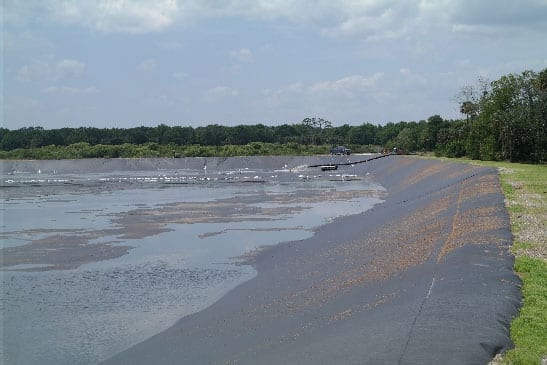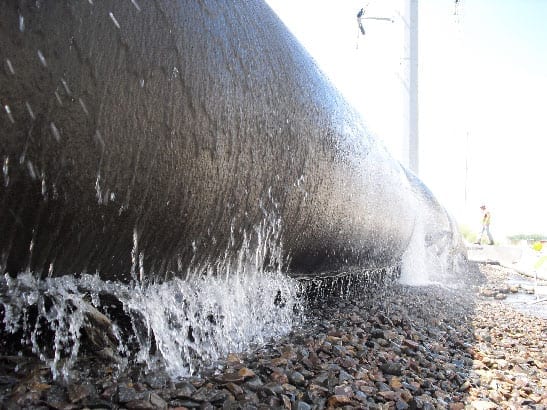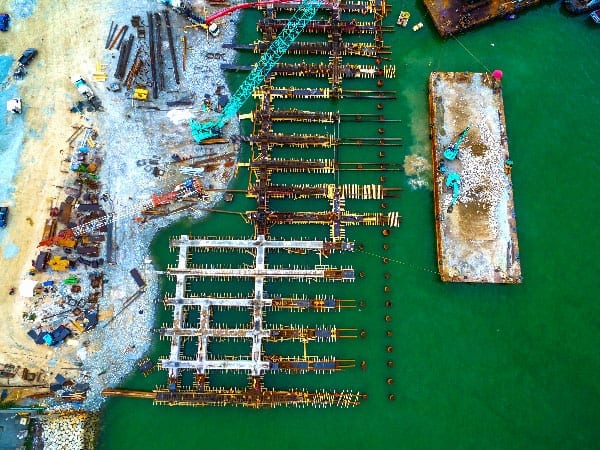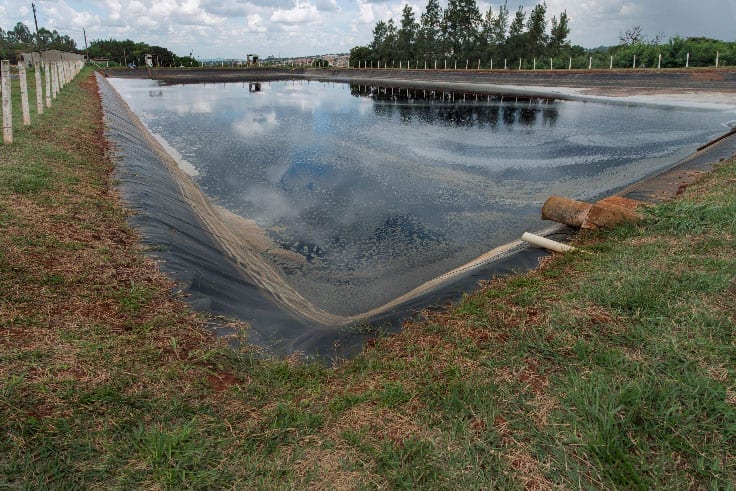Settling and thickening of dredged sediments utilizing polymer treatment to obtain clear overflows or discharges in the following ways:
- Directly into hopper dredges – to enhance the settling rate of fine sediments and clarify overflow water for discharge
- Before settlement ponds – improved settling rate of fine sediments and solids capture means less land and fewer ponds necessary, with cleaner overflow water for reuse or discharge in a shorter period




